It is very rare that a non-profit – whether it is a private sector organization or a government agency – is working on a social issue alone. Typically, there will be several organizations working on any given issue, but perhaps approaching it from different angles. Unfortunately, too often there is duplication of effort which wastes both time and money. Often by joining forces, organizations with a similar mission can cross-pollinate to create greater synergy and save precious resources.
First let’s begin with a definition of terms provided by SendPulse, an email marketing company:
“Fusion marketing involves the cooperation between two non-competitive businesses with a target audience and values that aim at achieving the strategic goals with a minimum, and in some cases, zero cost. It implies a partnership that’s profitable for both parties and the development of a common strategy to attract new customers.”
Benefits
Fusion is an age-old marketing theory that involves using a wide range of marketing vehicles to communicate a brand’s intended message with some of the following benefits:
- Allows you to reach new audiences
- Attracts new partners to your organization
- Provides cooperation profitable for both parties
- Allows cost sharing, resulting in a high ROI
- Helps educate your audience about your organization
- Improves customer experience with your brand
- Offers the opportunity to market to an interested audience
- Helps you expand your client base
You can take almost any issue – aging, veterans’ programs, breast cancer – and you will find several organizations, working on the issue. Often it makes sense to pool human, financial and marketing resources to generate a bigger impact than working alone, and each organization brings different skill sets or stakeholders to the table. 
An example is a collaborative effort between the American Savings Education Council, the Social Security Administration, and the U.S. Savings Bonds program.
Each of them contributed funds to distribute a PSA on the importance of saving for retirement, because that was a message that all three of them had been disseminating separately. We distributed a single TV PSA to the media which all three partners had approved. The TV PSA had a tag with each organization’s logo and website URL. Evaluation reports showed the amount of media exposure each organization received from the collaborative effort.
In another example, when Hillary Clinton was the First Lady, she was the spokesperson for a campaign on colorectal cancer. 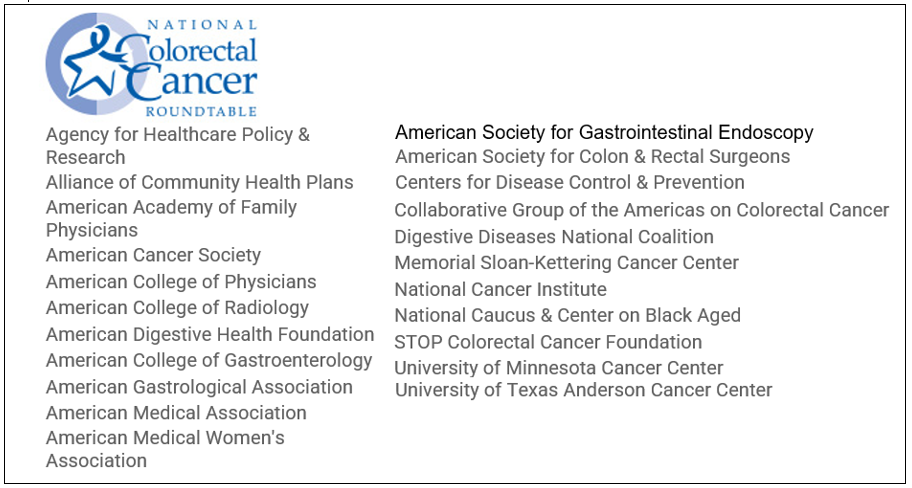
The American Cancer Society formed a Colorectal Cancer Roundtable with twenty-three separate organizations that funded the campaign, which was distributed to the media. Each of the Roundtable members was shown in the PSA packaging and on a special website created for the campaign.
The campaign was thoroughly evaluated and each of the Roundtable partners was given access credentials to an evaluation portal so they could see the amount of value created, where, when PSAs aired and total Gross Impressions.
Sharing content with the Auto Alliance website.

In still another example, the American Academy of Orthopedic Surgeons collaborated with the Auto Alliance on a campaign to prevent distracted driving.
The Auto Alliance represents car manufacturers which want to educate the public about their support for safe driving issues. Some of their contributions to the campaign included:
- Developing a co-branded website where people could report incidents of texting and driving that appeared on a map that was constantly being updated in real time.
- Sharing content with the Auto Alliance website on the campaign at: www.decidetodrive.org.
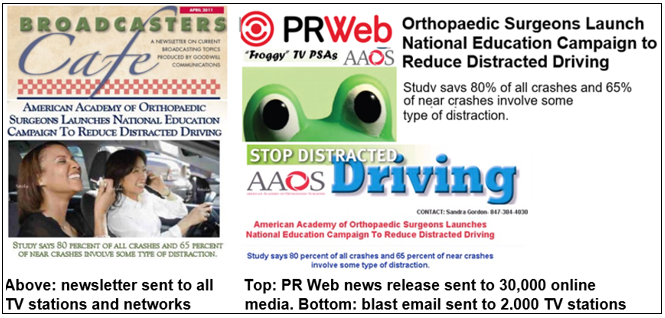 Staging a press conference at the National Press Club in Washington, D.C. to announce the campaign kick-off. At this conference a young teen driver spoke to the media about a car crash he caused while texting and driving, along with the orthopedic surgeon who put his bones back together
Staging a press conference at the National Press Club in Washington, D.C. to announce the campaign kick-off. At this conference a young teen driver spoke to the media about a car crash he caused while texting and driving, along with the orthopedic surgeon who put his bones back together
To promote the press conference and the overall campaign, Goodwill Communications created a variety of promotional tactics including:
- A custom newsletter, blast email and PR Web news release sent to broadcast media
- Complete outdoor poster coverage of the Washington, D.C. Metro area which were tagged by both AAOS and the Auto Alliance. Coverage included:
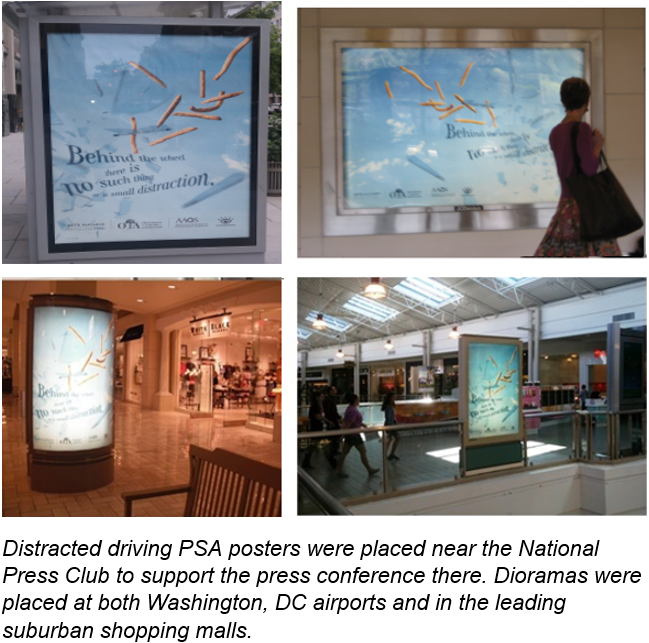
- Airport diorama posters at both Regan/National and Dulles International airports.
- At Regan/National we had posters throughout the baggage pick-up area, TV PSAs on the video monitors located there, and a print ad in the Washington Flyer magazine distributed at the airport.
- Four posters in the rental car lounge at the airport
- Outdoor posters throughout the Washington Metro Area Transit Authority, which included interior/exterior bus posters, dioramas on subway platforms and walls.
- Posters surrounding the National Press Building, which is two blocks from the White House, and in all the major shopping malls in the Washington Metro Area.
- Posters in all the major shopping centers in the Washington, Virginia and Maryland metro areas.
Forming a Coalition to Promote International Trade
To encourage U.S. businesses to expand their sales overseas, the Overseas Private Investment Corporation brought together nine different organizations to promote the services each of them offered to help the overseas business community.
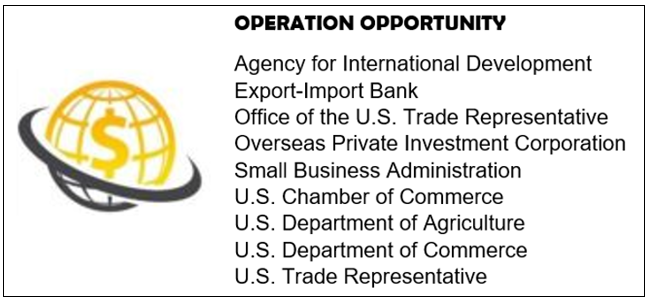 Called Operation Opportunity, it was one of the first national satellite teleconferences ever held, linking 32 download sites with the upload site located at the U.S. Chamber of Commerce headquarters in Washington, DC.
Called Operation Opportunity, it was one of the first national satellite teleconferences ever held, linking 32 download sites with the upload site located at the U.S. Chamber of Commerce headquarters in Washington, DC.
An estimated 80,000 U.S. business executives took part in the teleconference and in addition to the satellite program, OPIC launched an extensive publicity campaign to promote the program.


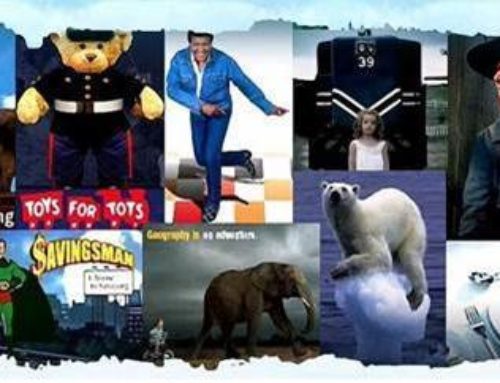
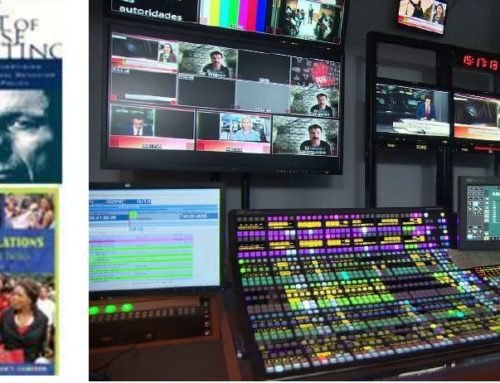
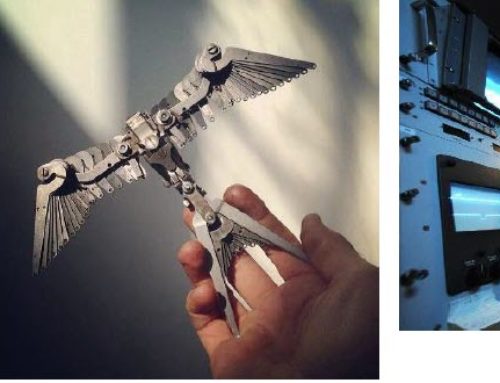

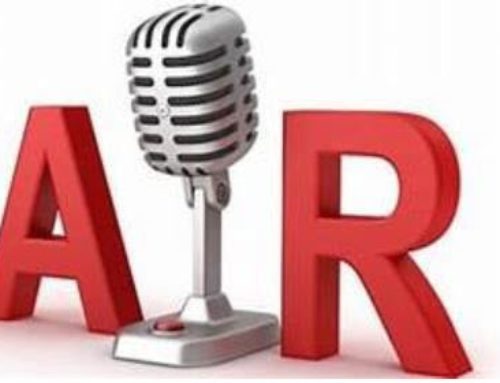
Leave A Comment